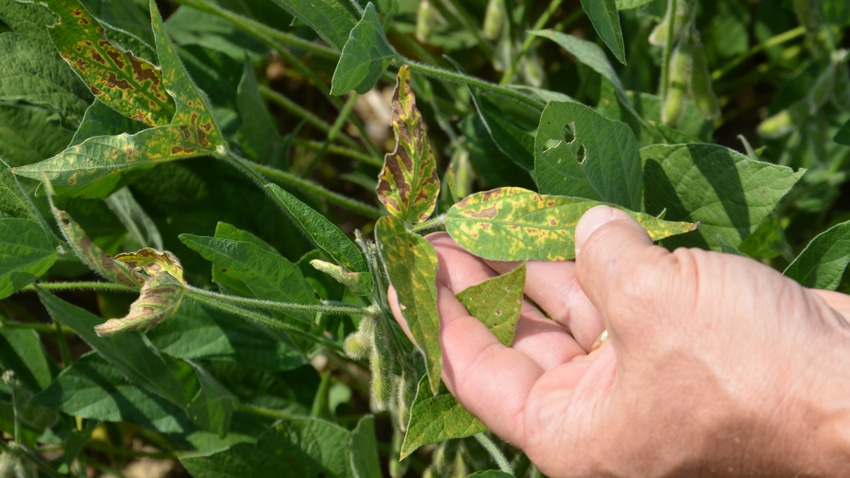March 1, 2023

I only treated half my soybean seed due to cost. It’s a fungicide mix with either Saltro or Ilevo added. We start planting April 15 if soil conditions are right. Does it matter when and where we put treated soybeans?
The Indiana certified crop adviser panel answering this question includes Gene Flaningam, agronomist with Flaningam Ag Consulting LLC, Vincennes; Troy Jenkins, agronomist with Ceres Solutions and 2022 CCA of the Year; and Greg Kneubuhler, agronomist with G&K Concepts Inc., Harlan.
Flaningam: Use your treated soybean seed on those early-planted acres. Both Saltro and Ilevo have activity on sudden death syndrome. SDS is more prevalent in early-planted soybeans that endure colder and wetter soil conditions — thus, there’s a greater need for and benefit to using the added seed treatment on your early-season plantings.
Jenkins: I recommend using the Saltro or Ilevo where there is a history of SDS. Early-planted soybeans in soils that tend to stay cold and wet is another choice location for treated seed, with one of those other products added as well. Consider using the treatment on fields where soils are tight or have been compacted. They are more prone to SDS. Check your soybean variety for levels of resistance or tolerance to SDS and placing it accordingly. Last, some believe soybean cyst nematode and SDS go hand in hand. With that in mind, you might apply treated seed where you suspect SCN could be more of an issue.
Kneubuhler: We are proponents of planting treated soybeans, but also of understanding your needs. There are many options today, so understanding those options is important. These products can add up in cost rather quickly. The three major types of seed treatments include fungicides, insecticides and nematicides.
Fungicide seed treatments are most likely to be beneficial when you plant soybeans early for your region in wet soil conditions, no-till or high-residue, at lower seeding rates, or when you plant beans back to beans. Early planting can increase the risk of encountering wet, cool soil conditions that favor seedborne and soilborne pathogens.
The addition of an insecticide seed treatment will help manage early-season insect pests before growth stage V2. However, most pest infestations occur after this stage. While we have seen scenarios where the addition of an insecticide seed treatment gained benefit, most insects are controlled in season with an over-the-top insecticide.
The last addition is the nematicide, which is Saltro or Ilevo, in this case. These are also very effective in the presence of SDS. While nematicides can be quite costly, they are most effective where you have a history of nematodes, SDS or limited crop rotation in the mix.
Lastly, while not technically a seed treatment, inoculants can be applied with these other seed treatments. These are designed to ensure that biological nitrogen fixation occurs. Often variable, inoculants are only needed in fields with no history of soybeans or a field that has gone several years without soybeans.
Read more about:
Seed TreatmentYou May Also Like




